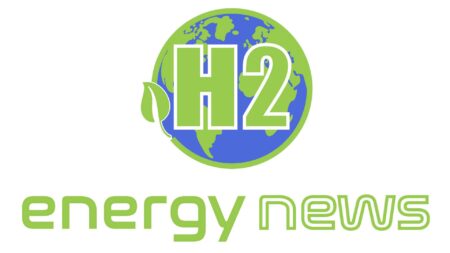Microwave ovens, which are a form of electromagnetic wave, may heat items in a reactor directly and selectively from the inside by spinning their molecules and atoms. When compared to alternative techniques that heat things in the reactor indirectly from the outside, microwave-assisted pyrolysis offers a better potential to minimize the energy required to create hydrogen while also lowering CO2 emissions and increasing scalability for commercial production. By merging Sumitomo Chemical’s catalyst and chemical design knowledge with Microwave Chemical’s microwave platform technology, this cooperative effort intends to establish an energy-efficient and highly efficient hydrogen generation method by 2026. Microwave Chemical has already begun laboratory tests with two companies.
Trending
- Galvanized Steel Sheet with High Yield Ratio, Excellent Bendability, and Hydrogen Embrittlement Resistance
- France Issues Key Tender for Industrial Gas Acquisition
- Engie Cancels Belgian Hydrogen Project
- Tata Steel and ECOLOG to Establish Liquid Hydrogen and CO2 Corridor
- Iberian Renewable Hydrogen Auction Unveiled
- Japan to Invest $26 Billion in Hydrogen Jet Plan
- Puri Highlights India’s Green Hydrogen Push
- Air Liquide Invests €50 Million in Hydrogen Mobility Initiative


